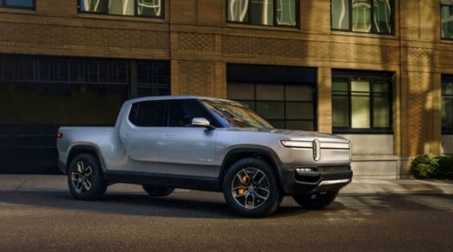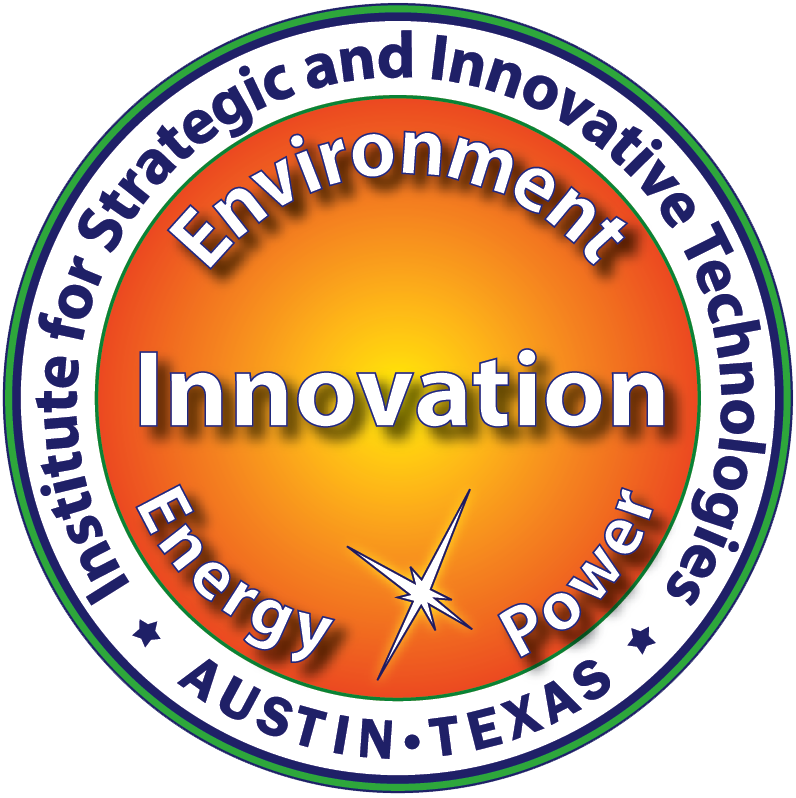Electric Brigade Combat Team
Harry D. Fair
Continued...
GIVEN THE DEVELOPMENT OF MOBILE NUCLEAR POWER PLANTS, WHAT ARE SOME ENABLING ELECTRIC TECHNOLOGIES AND THEIR IMPLICATIONS FOR THE ELECTRIC BRIGADE? H IGH ENERGY DENSITY BATTERY SYSTEMS- ELECTRIC VEHICLES/ELECTRIC DRIVE
The automobile industry is moving rapidly to employ all electric vehicles. Numerous manufacturing companies have already committed to shift from gas/diesel to electric drive. In fact, all major automobile manufacturers have already designated $5-6 Billion each to start building new plants that only produce electric cars. The enabling technology for this transition has been the significant improvement in the energy density of Li-ion batteries and the high efficiency and performance of compact electric motors. This will create a revolution in reliability. A gasoline engine has 20,000 individual parts. An electrical engine has 20. It takes only a short time to remove and replace an electric engine which can then be sent back to an operating base for repair. This advance in high energy density batteries is being driven by commercial applications, not by DOD funding and they are available immediately for near term experimental use on the battlefield.

One of the most exciting new electric technologies is the 2020 RIVIAN electric pickup

The Rivian R1T electric truck has 400-mile range and supercar acceleration- It goes 0-60 in 3 seconds and tows 11,000 pounds. It combines the acceleration of a Ferrari with the off-road capability of a Jeep.
The electric motors are off-the-shelf permanent-magnet units mounted sideways and pointing inward. Each motor is rated at 147 kilowatts, or 197 horsepower, for a total of 588 kW or 788 hp. Each drives one wheel through a centrally mounted single-speed transmission. More importantly, each wheel having its own motor allows for precise torque vectoring at each wheel independently of the others, which should allow the R1T better traction than any mechanical system.
In just the past few years, the medical community has proliferated Magnetic Resonance Imaging (MRI) using high temperature superconductors. These MRI systems employ electric cryocooler refrigerators instead of requiring liquid nitrogen or liquid helium coolants and consequently, high temperature superconductors have become a readily available commodity and the difficult transportation and handling of low temperature cryogens has been eliminated.
DARPA sponsored a study in 2018 by the ISIT to design a compact pulsed power system to determine whether this new high temperature superconducting material might be suitable for providing the electric power for lighter weight mobile tactical railguns and other mobile electric weapons systems.
The ISIT invented a new type of superconducting pulsed transformer and their calculations indicate that it will demonstrate the highest energy density of any pulsed power technology. The power density is sufficiently high that mobile direct and indirect fire railgun systems appear to be feasible. The demonstration of a prototype superconducting transformer storing 1.0 MJ of energy could be built immediately and scaled to 10/30 MJ in the near term, sufficient to validate that mobile direct fire railguns are viable.
What is more intriguing, this new high temperature superconductor technology provides the opportunity for new types of superconducting electromagnetic launchers, the Super Conducting Quench Gun, negating the limitations of railguns and coil guns. Rail guns are limited in velocity by the wear and tear on the rails by the sliding contacts of the armatures. Coilguns are limited to rather low velocities (typically less than 1 km/sec) due to the high voltages necessary to activate sequential coils at high velocity. Both railguns and coilguns require a large separate electric power source which has prohibited their use in mobile applications. The ISIT DARPA study on pulsed transformers led to the invention of high temperature superconductor switches which now enable the operation of HTSC Quench Guns.
HTSC Quench Guns were conceived by Prof. Henry Kolm in the 1970s but not practical due to the requirement for low temperature for superconductors ( 4 degrees Kelvin) and the requirement( but unavailability) for superconductor switching. The high temperature superconducting materials and the new superconductor switches now make these launchers possible. The HTSC Quench guns integrate the power source into the launcher and should provide the opportunity to achieve much higher velocities with a relatively light weight mobile system.
3D printing and additive manufacturing can potentially revolutionize the availability of ammunition and survivability on the battlefield.
Objects can be of almost any shape or geometry and typically are produced using digital model data from a 3D model or another electronic data source such as an Additive Manufacturing File (AMF) file (usually in sequential layers). Thus, unlike material removed from a stock in the conventional machining process, 3D printing or Additive Manufacturing builds a three-dimensional object from a computer-aided design (CAD) model, usually by successively adding material layer by layer.
Seemingly paradoxical, more complex objects can be cheaper for 3D printing production than less complex objects
3D printing or Additive Manufacturing has been used in manufacturing, medical, industry and sociocultural sectors which facilitate 3D printing or Additive Manufacturing to become successful commercial technology
Additive manufacturing of food is being developed by squeezing out food, layer by layer, into three-dimensional objects. A large variety of foods are appropriate candidates, such as chocolate and candy, and flat foods such as crackers, pasta and pizza..
In cars, trucks, and aircraft, Additive Manufacturing is beginning to transform both (1) unibody and fuselage design and production and (2) powertrain design and production.
For example:
In 2015, a Royal Air Force Eurofighter Typhoon fighter jet flew with printed parts.
The United States Air Force has begun to work with 3D printers, and the Israeli Air Force has also purchased a 3D printer to print spare parts.
In 2017, GE Aviation revealed that it had used design for additive manufacturing to create a helicopter engine with 16 parts instead of 900, with great potential impact on reducing the complexity of supply chains.

